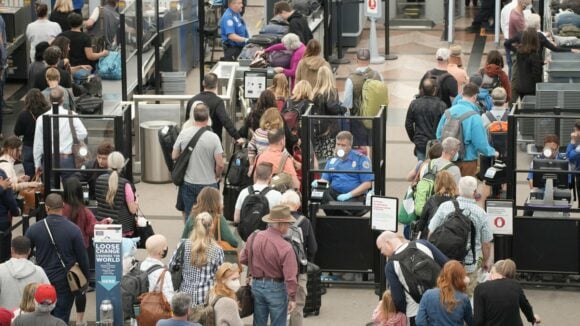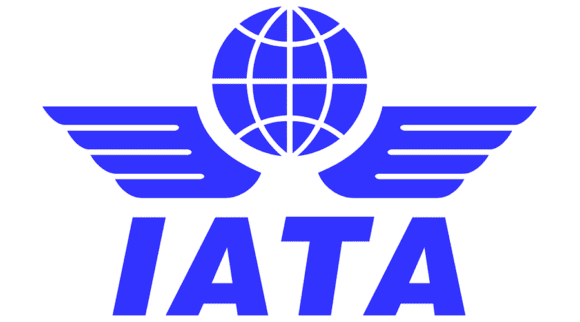
2023 07 17 12 30 46
We noted the US airline industry has had a pilot problem before. That analysis won us no friends in the pilot community but encouragement from airline managers. So here we go again – pilot salaries are skyrocketing, and what is that impact likely to look like?
Airline pilots have felt put upon and abused for a long time. This is not an irrational behavior considering the industry’s cycles, with layoffs and furloughs coming more regularly than anyone likes. These cycles are often external to the airline industry, i.e., wars, terrorism, SARS, the financial crisis, Covid-19, etc. The industry takes it on the nose whenever something goes berserk in the global economy.
So pilots form unions to protect themselves through collective bargaining. This is great if you are a pilot with seniority so that you are last on the list for a furlough or layoff when the market goes upside down. For new hires, these wild swings in your career scar you and inform every career decision you make from now on. All this is rational behavior.
Then we come to the part when apparent irrational behavior kicks in—starting with this at United Airlines. United’s pilots are getting as much as 40% raises in a deal thought to cost the airline $10Bn over the contract’s life. Some context on that $10Bn – in January, United announced a profit of $843m with a bullish outlook for 2023. Then 1Q23, the airline reported a loss. We hope to see better results this week for 2Q in line with those at Delta Air Lines. It looks, to us, like whatever profits United makes are going to the pilots. Where else in this economy are we seeing 40% pay hikes?
Take a look at the chart based on the excellent data from skailark. Here we list cost per ASM starting January 219 through April 2023. The first chart lays out the big picture.

Digging deeper and summarizing the data, we see the primary cost inputs for airlines. Note that among these inputs, the fuel price is only exogenous input. This is a wildcard; oil price fluctuations are the bane of airline budgets. Hedging was a solution, but with thin profit margins, few airlines could afford that kind of insurance. As we have seen, airlines seem to recover some of the variances by summarily adding fuel surcharge fees.

A chart that might make pilots happier. The bright red for fuel costs is apropos. But take a look at that blue section at the bottom. That is a huge chunk of operating costs, including overheads, onboard costs, and sales/distribution. Basically, back office costs.

The data suggests that perhaps we take another look at airline overheads to find savings. Pilots averaged 17.2% of costs, and fuel averaged 24.8% of costs – overheads averaged 29.3%.

If pilots across the industry earn 40% better salaries, ceteris paribus, that cost rises from about 15% to 21%. To offset that impact, airlines can plan for improved fuel burn from larger and newer aircraft, offering better economics that are coming into the fleet steadily. Airfares could rise to offset the impact of more expensive pilots further. But we think savings can also be found in that overhead number.
Is this good news for pilots? Sort of. It means the increased pilot costs can be absorbed without too much financial disruption in the short term. Risk management means avoiding labor strife.
But there’s the other side of this that must be noted. Airlines are public companies with management teams whose primary fiduciary responsibility is to shareholders. Most management teams have stock options to keep their focus aligned with that of shareholders. We are confident that if management teams might take the overhead hit in the short term, they will refocus the business to optimize shareholder returns. They have to do this because that is job #1.
For sure, more business cycle shocks are coming. When they come, pilots will see furloughs and layoffs again.
Views: 45




